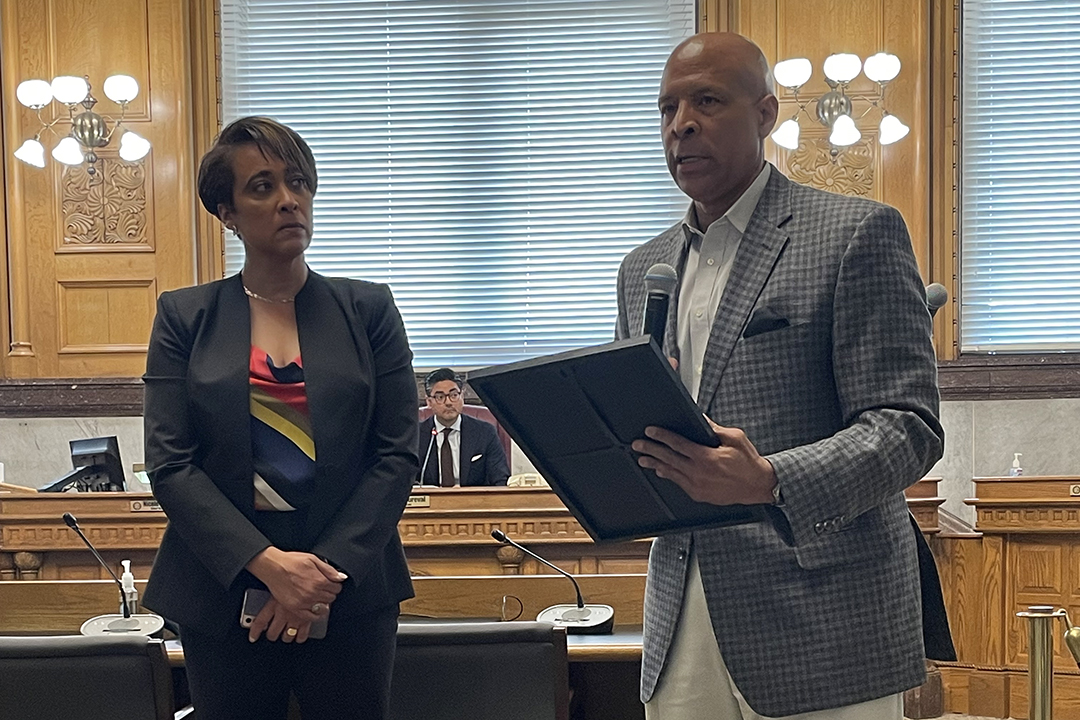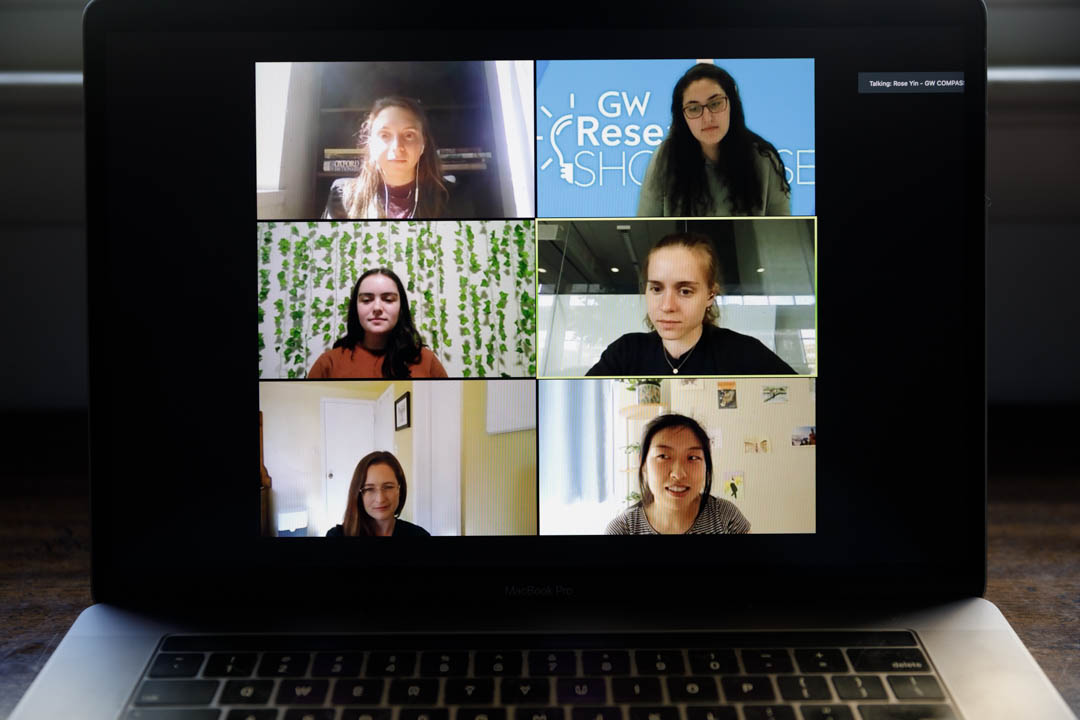As more organizations attempt to increase the representation of women in traditionally male-dominated occupations (such as engineering, technology or banking), new research from George Washington University professor Jennifer Merluzzi indicates that simply hiring more women into these fields may not make diversity efforts more effective.
The study, published in American Sociological Review (April 2024), “A Hidden Barrier to Diversification? Performance Recognition Penalties for Incumbent Workers in Male-Dominated Occupations,” looked at the impact of increasing gender representation within the traditionally male-dominated occupation of law enforcement.
Merluzzi and her co-author Jirs Meuris, a professor at the University of Wisconsin-Madison, examined publicly available data spanning 13 years on nearly 14,000 officers working in the Chicago Police Department (CPD). Their findings revealed a performance recognition penalty for men and women workers from the process of occupational diversification itself.
Since the study used data that spanned multiple years and looked at the officer’s individual likelihood of recognition, the findings documented the difference in performance recognition each individual officer received as the number of women in his or her policing unit changed over time. Women entered the units both as new recruits from the police academy, but also as men and women transferred into and out of different work units across time and thus represented the regular fluctuations of workers typical of an effort to diversify a highly gendered occupation.
“There are hundreds of people in a work unit and what this shows is when the number of women you’re working with is higher this month than last month, your likelihood of receiving performance recognition goes down,” Merluzzi said. “But you are the same worker doing the same tasks in the same job—the only thing changing is the number of women working alongside you that month in your police unit.”
Merluzzi noted that the percentage of women in the CPD remained fairly consistent throughout the timeframe they studied, but that even small fluctuations in the number of women in one’s surrounding work unit negatively impacted that individual worker’s chance of performance recognition.
Both men and women employees were impacted by this performance recognition penalty, but since women had a lower baseline likelihood of receiving a performance recognition, the impact of this penalty on women was even more substantial. The study also found both men and women supervisors were both likely to display this bias, although they found that men supervisors were more likely to penalize men officers than women officers for their association with women peers in their unit, while women supervisors equally penalized men and women officers for this.
Merluzzi said they also considered alternative explanations for their results such as women officers being sorted into some units over others or that the tasks the officers were being asked to do changed as they worked with more women officers in a way that reduced the chance of performance recognition. For example, they investigated and confirmed that the same pattern of penalties held in units with the greatest and least percentage of women as well as in units performing the most “masculine” (i.e., involving use-of-force) and the most “feminine” (i.e., sexual assault and prostitution cases) tasks during their observation period.
Considering the implications of the study’s findings, Merluzzi said it highlights the criticality of policy makers to address the underlying structural problems that lead to bias and inequality, beyond current quota-based initiatives aimed at getting more women into these male-dominated fields.
“There are significant, highly publicized efforts to diversify police forces across the country with a large emphasis on quota-based approaches,” Merluzzi said. “What this study indicates is that unfortunately, simply adding more women without fixing the underlying, sticky structural issues may be ineffective and lead to worse results. Here, a police officer’s career outcomes declined as a consequence of his or her association with diversity.”
What’s interesting about this occupational context, Merluzzi said, is that all police officers go through the identical academy training before starting as officers. This helps rule out that men and women workers were different in some important way from a training standpoint that could help explain the subsequent performance evaluation difference.
“Beyond numeric representation alone, you have to unpack parts of the occupation itself and why some occupations are perceived as being more gendered and the associated status with that gendering. When there is a cultural association of an occupation as inherently 'men’s work,'” the evaluation within the profession becomes unfairly defined by the person doing the job rather than their job performance or abilities.”
The career consequences of this can be serious for employees. In fields like policing where salaries are fairly fixed and promotions are less sought after by the majority of officers, performance recognition can help obtain better work assignments and gain visible accolades and acknowledgement for work that can at times require significant risk to the worker.
Another consequence is that workers can start becoming resistant to diversity because they associate it with being individually penalized.
“If an association with diversity hurts your own performance outcomes, you’re not going to embrace diversity efforts or the women entering into your unit,” Merluzzi said.
Merluzzi said she would expect to find similar patterns in other traditionally male-dominated fields, which is why organizations seeking to increase diversity in these occupations need to address systemic and cultural biases to make those efforts more effective.
“There's a lot of focus on pipeline initiatives to get more women into these heavily masculine occupations,” Merluzzi said. “Clearly, efforts to encourage women into these fields are incredibly important, but we cannot over-rely on these as the panacea. What our study demonstrates is that the solution is much more complicated than that—even if you solved the issue on an individual level basis, this shows that there are also impacts on an aggregate level that are essential to consider in designing any diversity policy for these occupations.”






